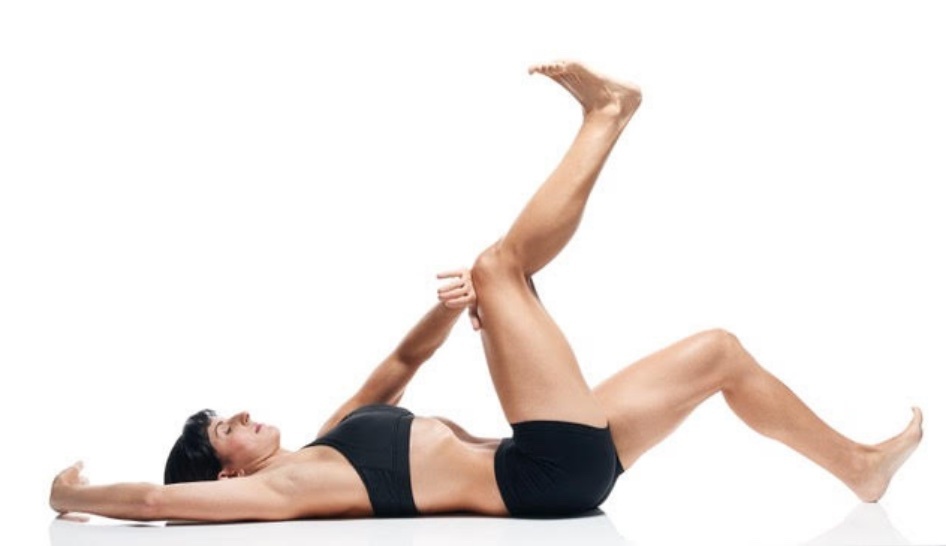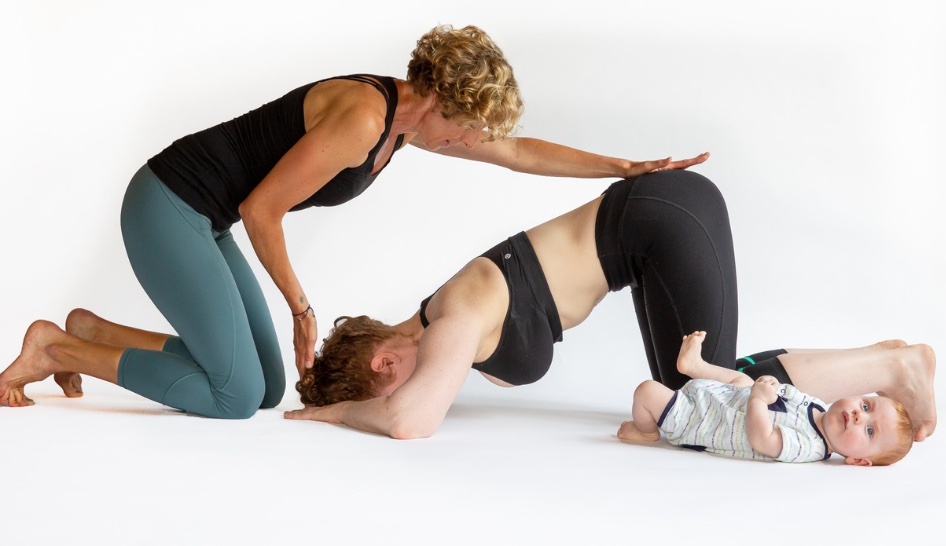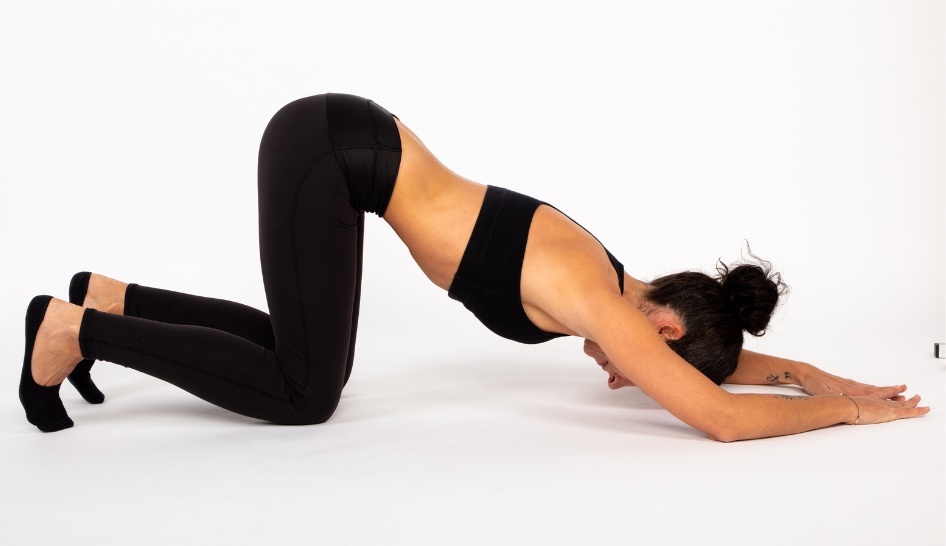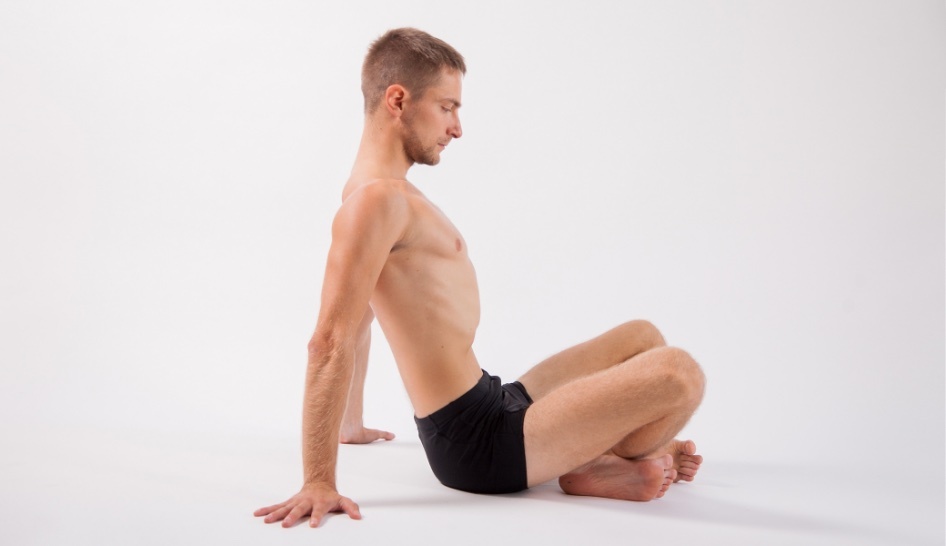For years people have been depending on health and fitness facilities and trainers to make them look and feel better. The choices for these individuals are diverse: cardio, muscle training, spinning, aquafitness, Crossfit, Pilates, Yoga, dance—you name it, there’s something for everyone. However, with all this diversity there has often been something lacking in the workouts to make them more effective: consideration of intra-abdominal pressure.
Brief History
The Multidisciplinary Hypopressive Method—or MHM—originally started in Europe during the 1980s as a physiotherapeutic method for postpartum women with pelvic floor dysfunction. Twenty years later, knowledge of this pelvic floor rehabilitation method expanded to the fitness community that applied it to core health and the prevention of pelvic floor dysfunction, prolapse, and incontinence. In the past five years, however, the concepts of the MHM have been applied to more than just core, adapting its usefulness to every physical training activity that exists. The International Hypopressives Council (IHC) was formed to encourage research, study, apply, promote, and disseminate knowledge of hypopressive exercise throughout the member countries.



